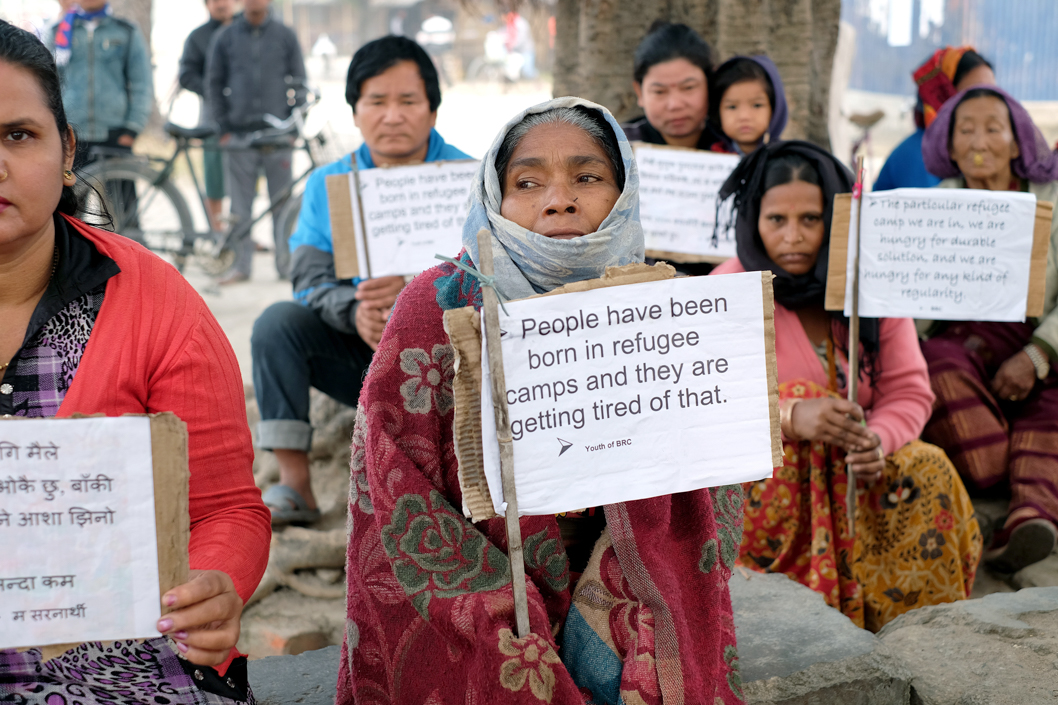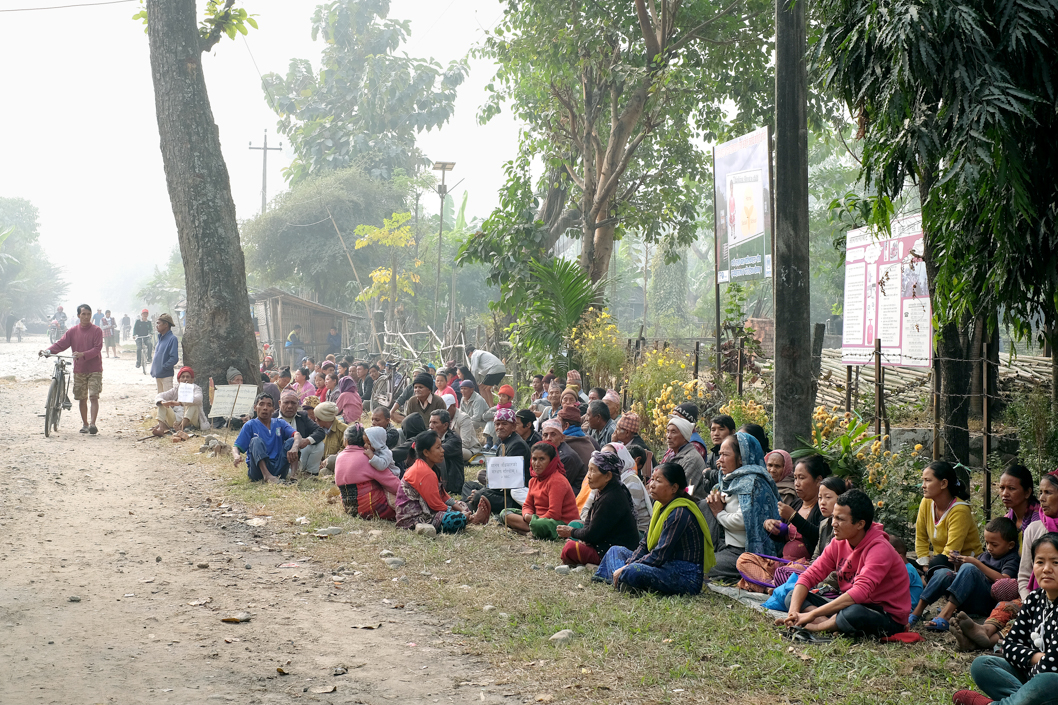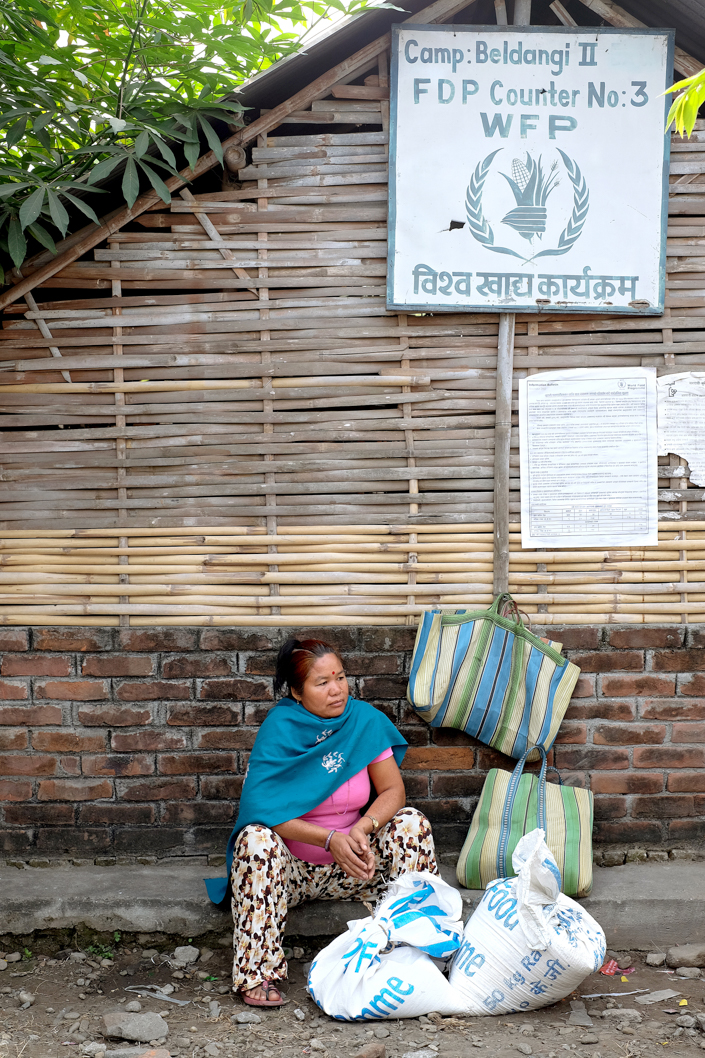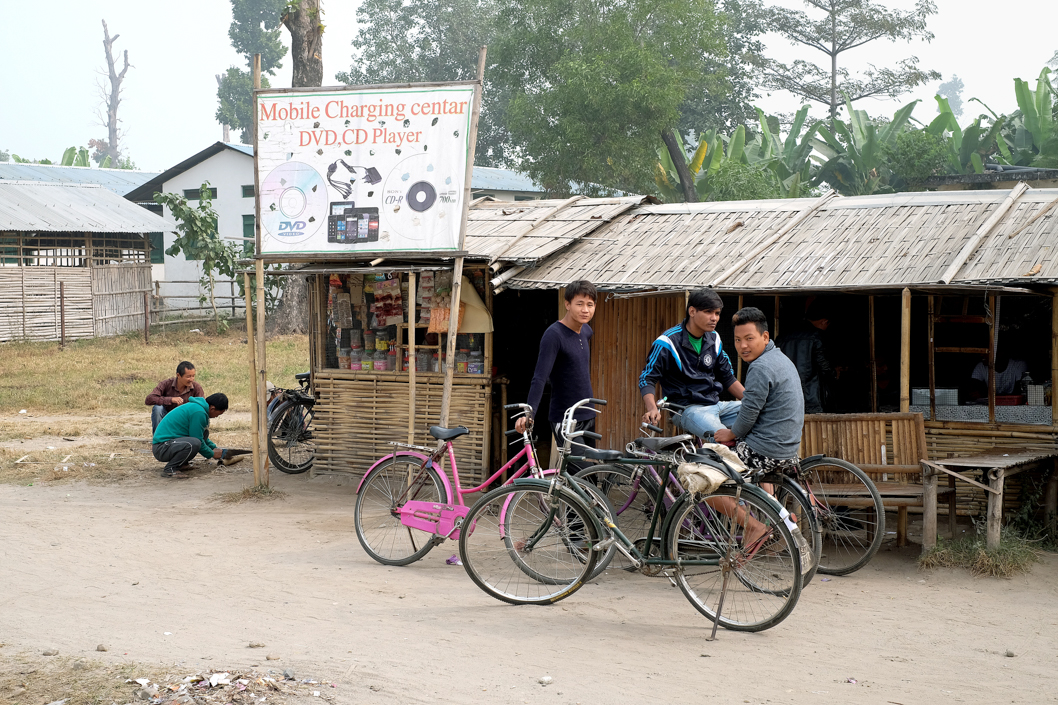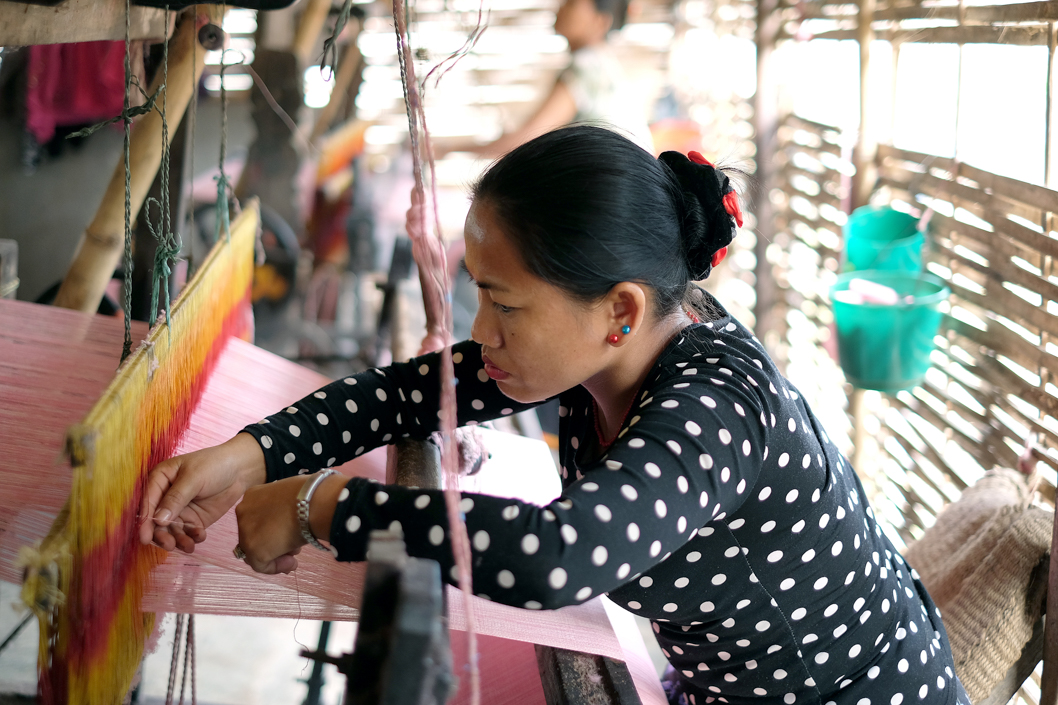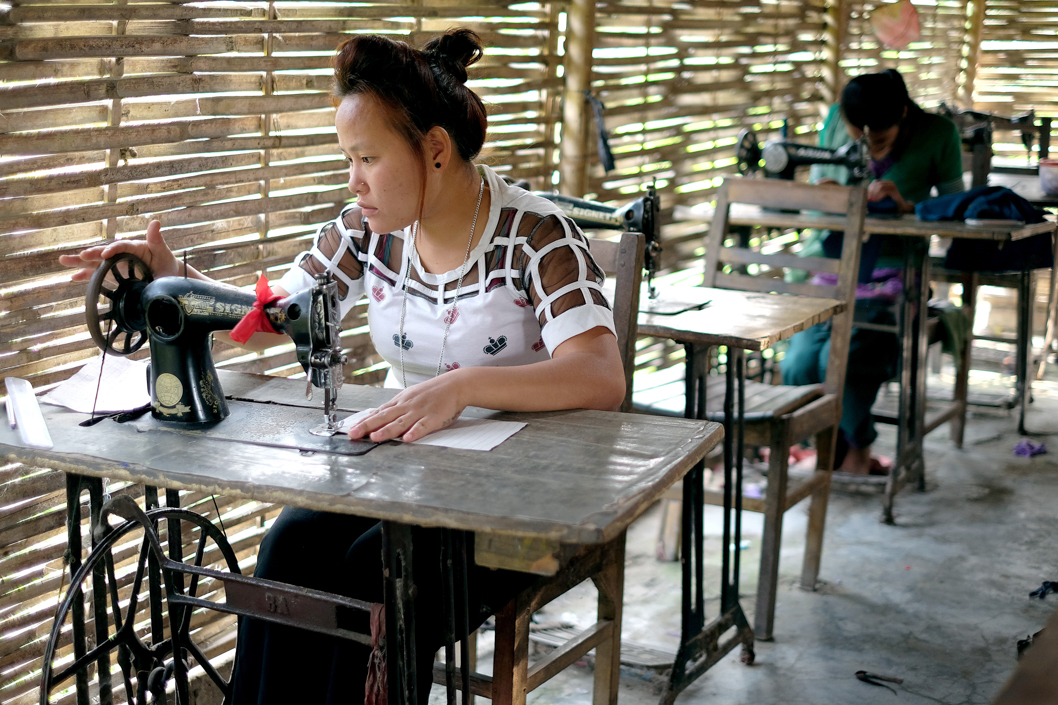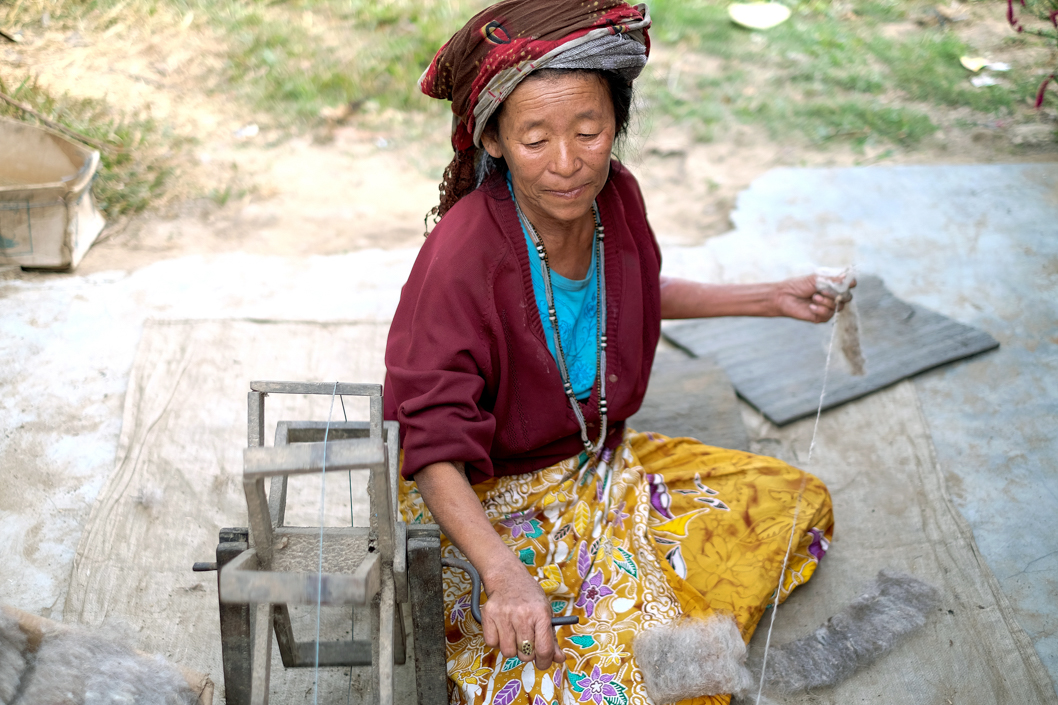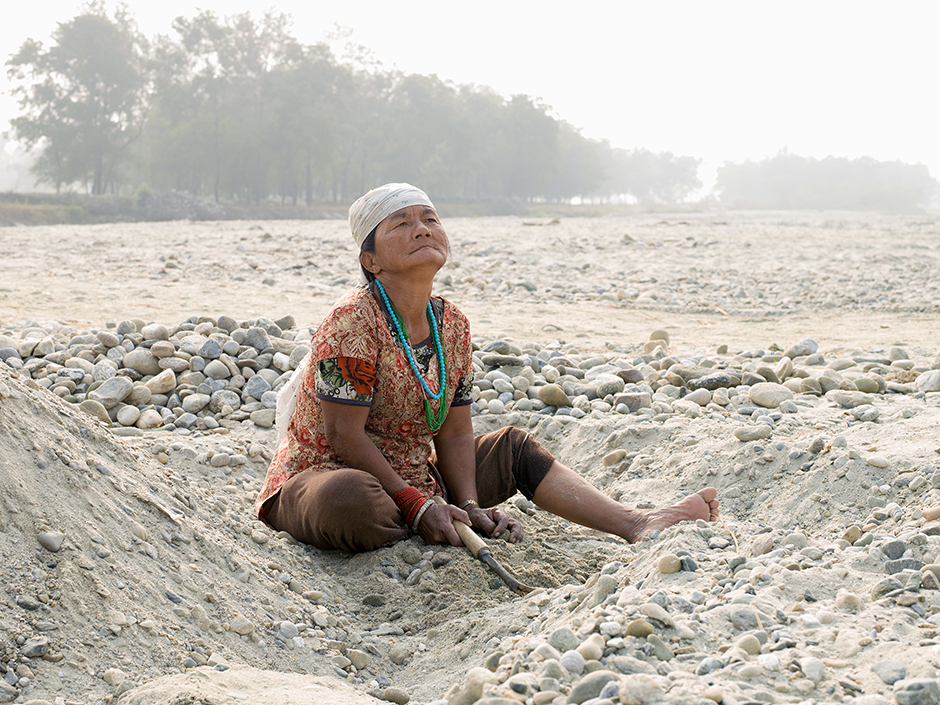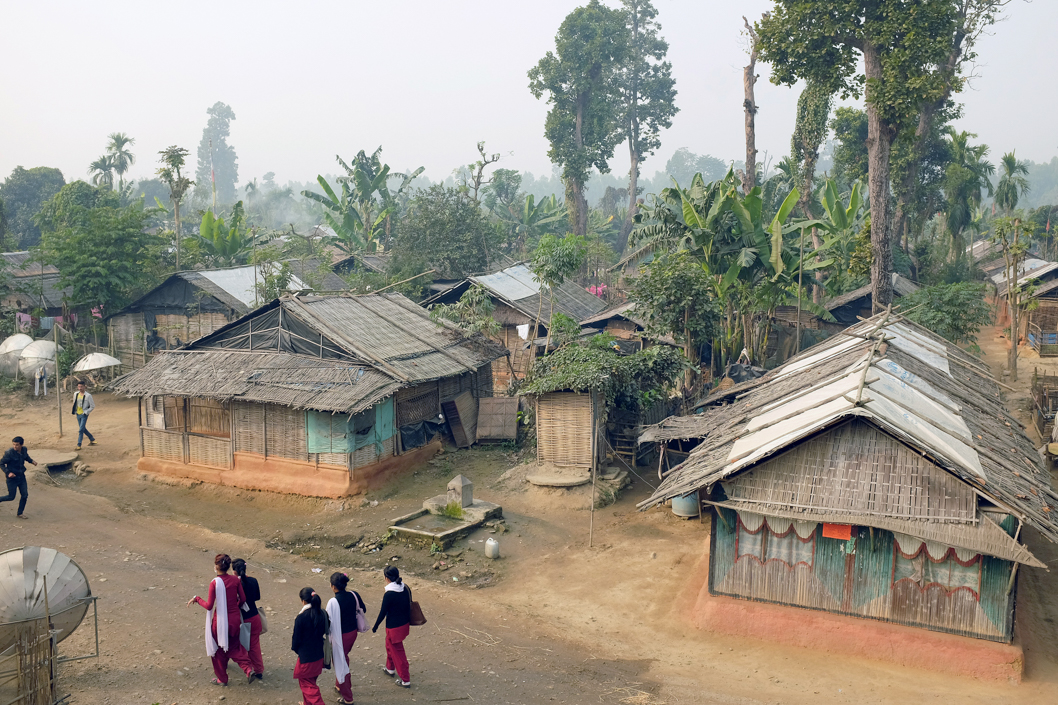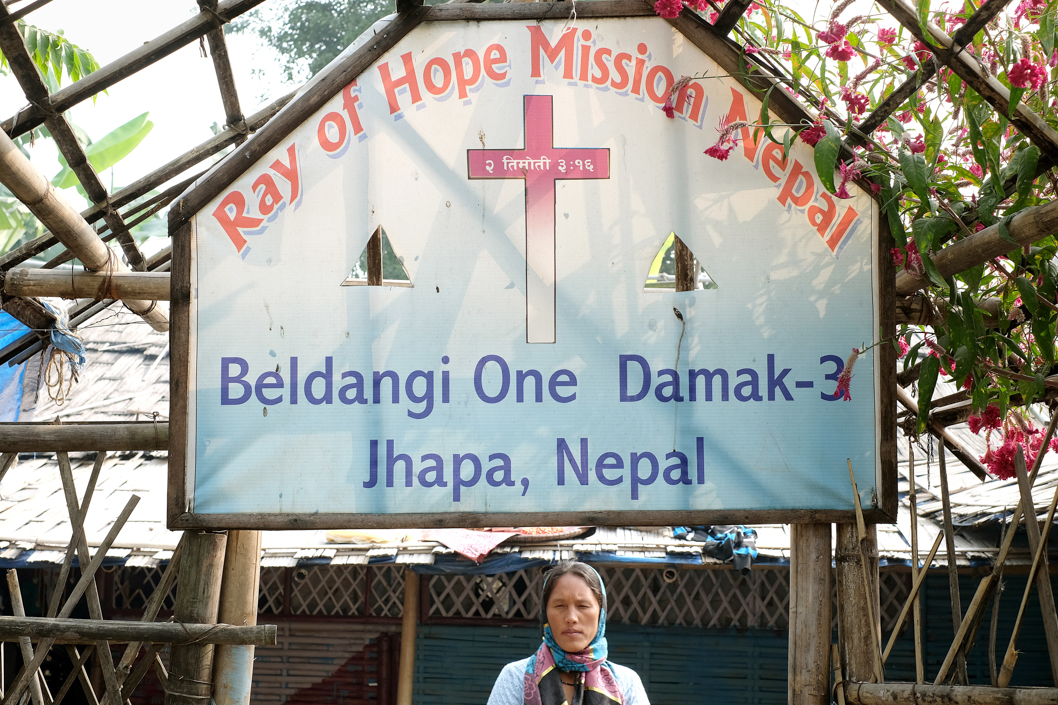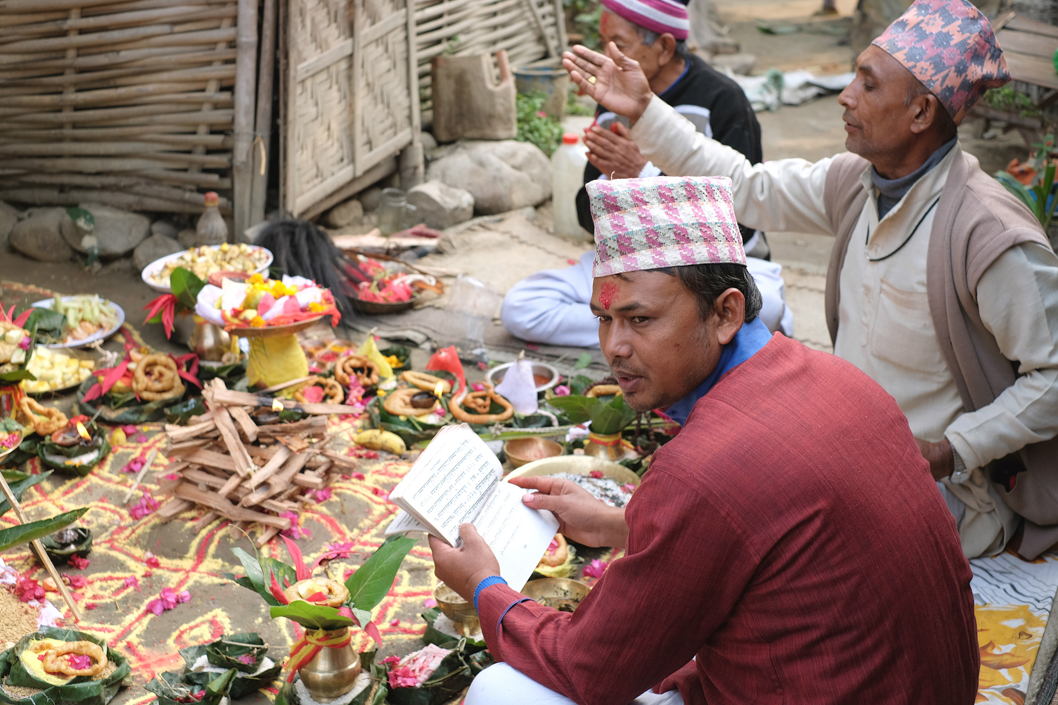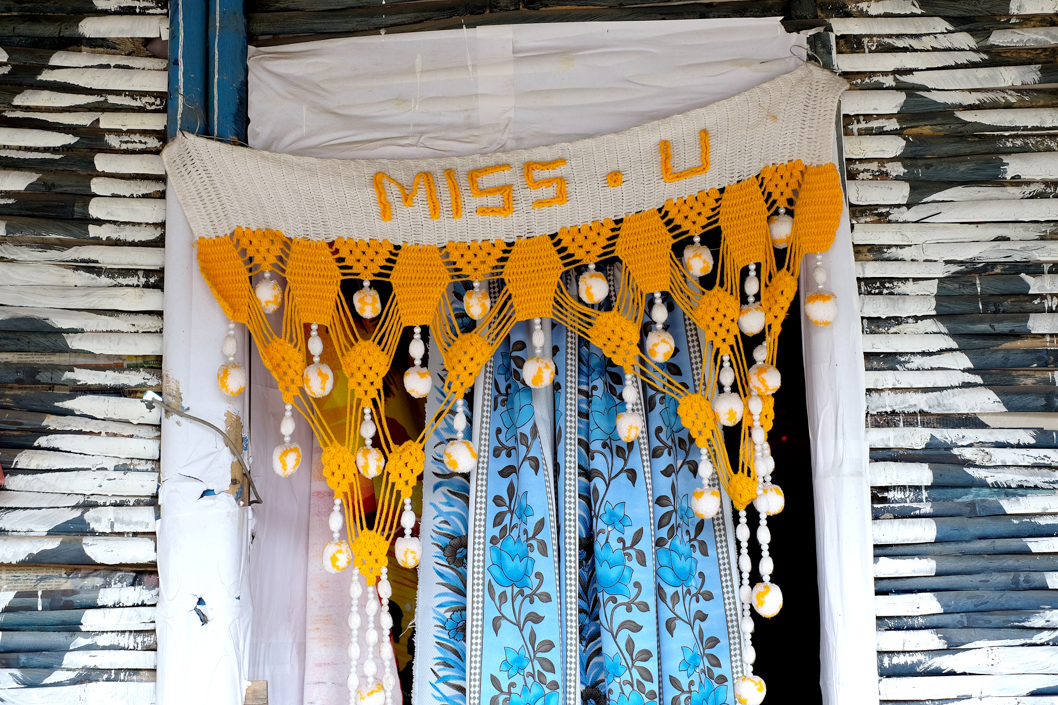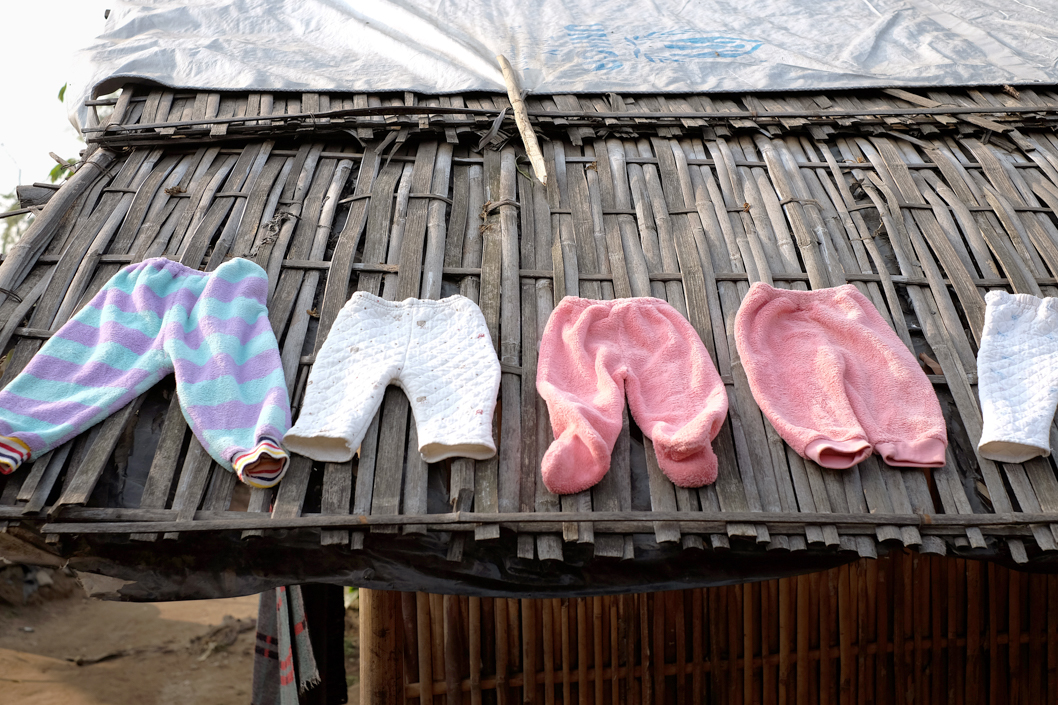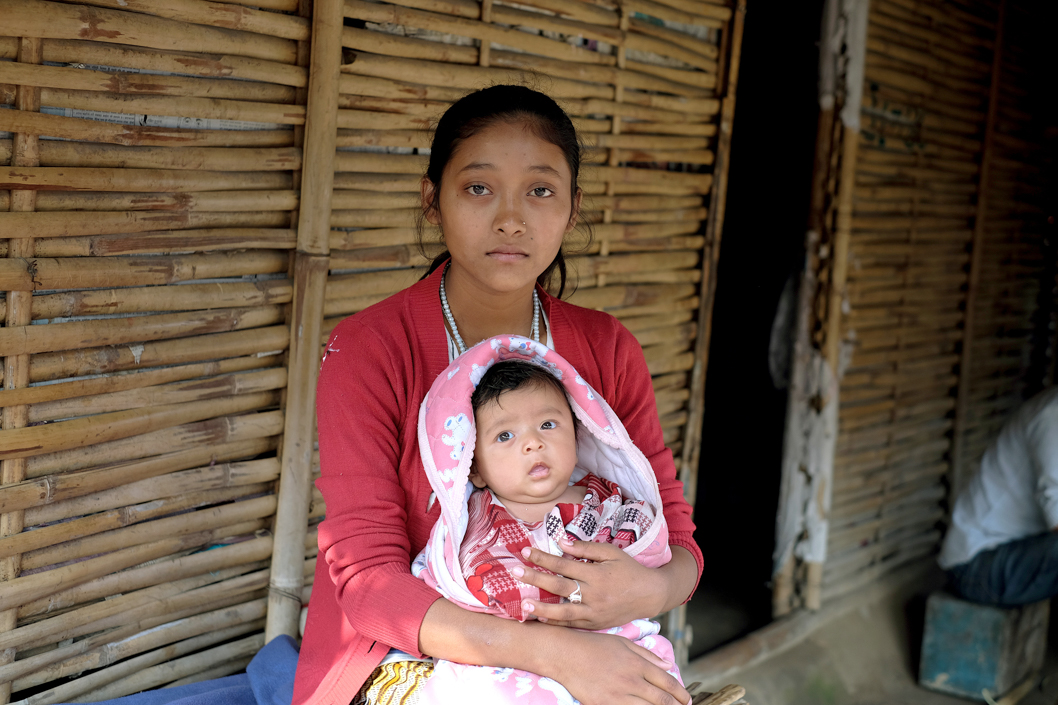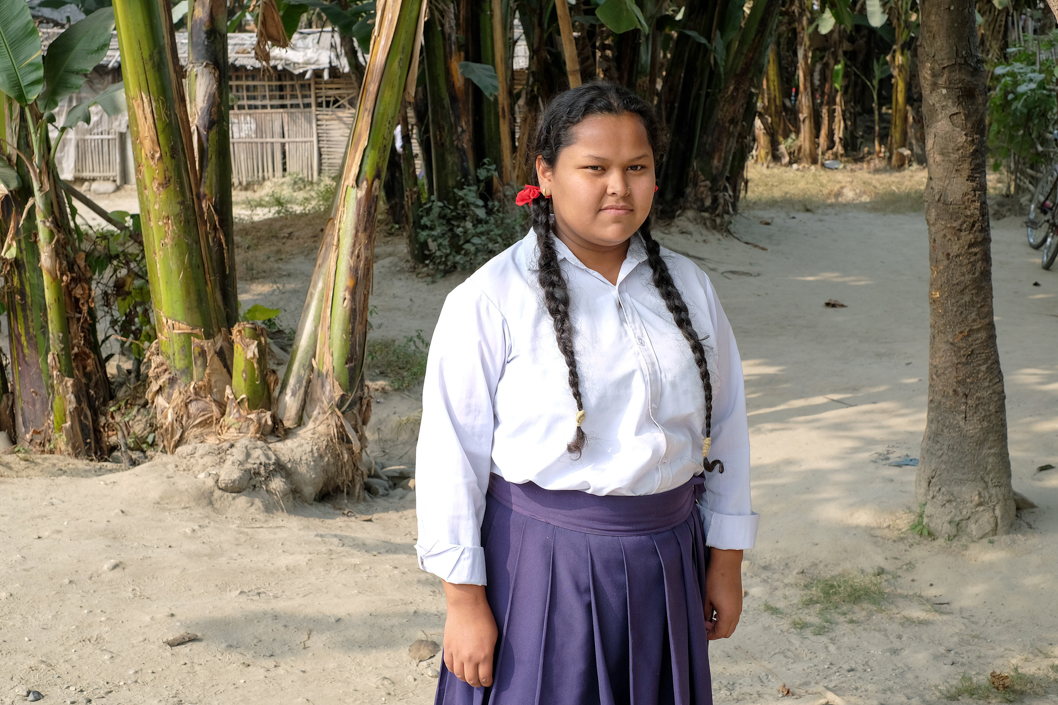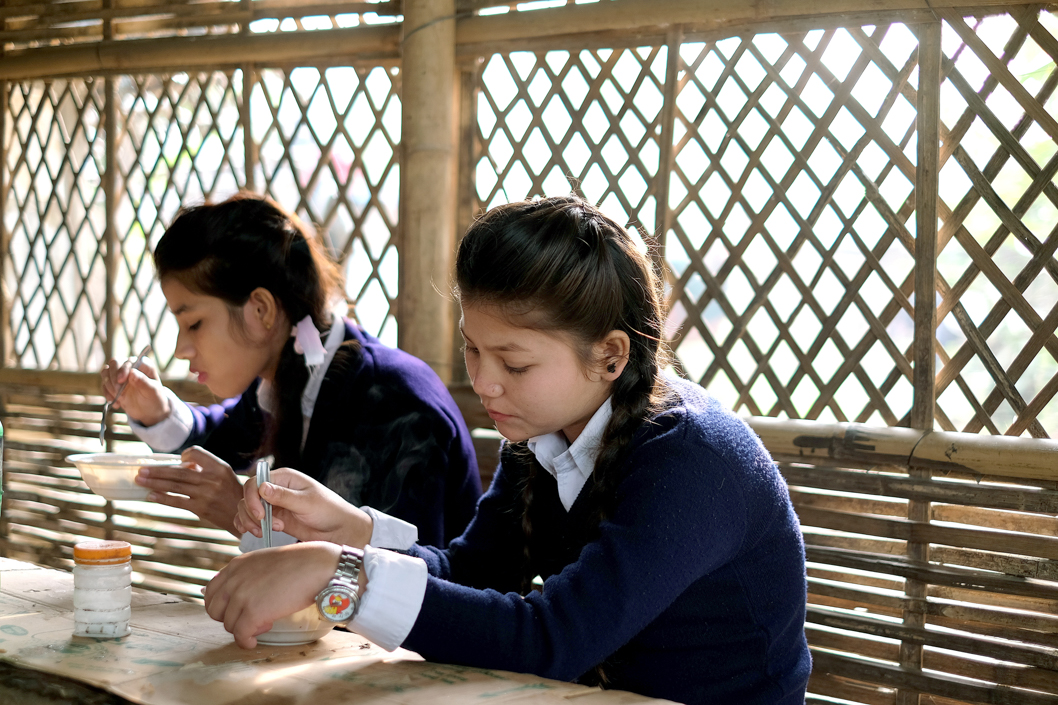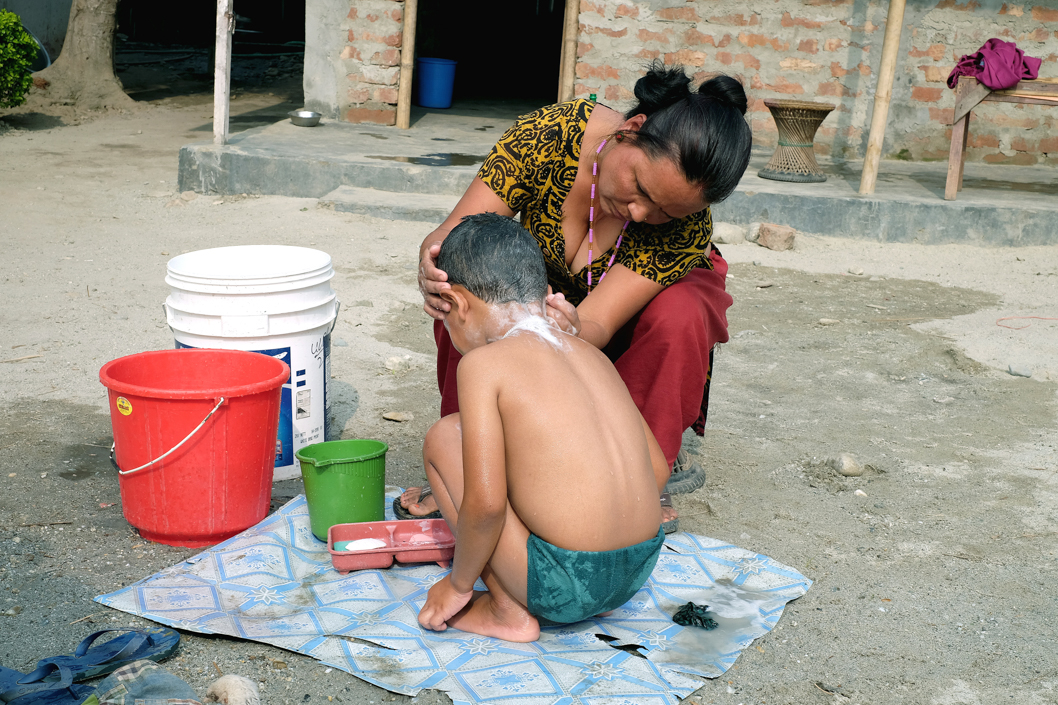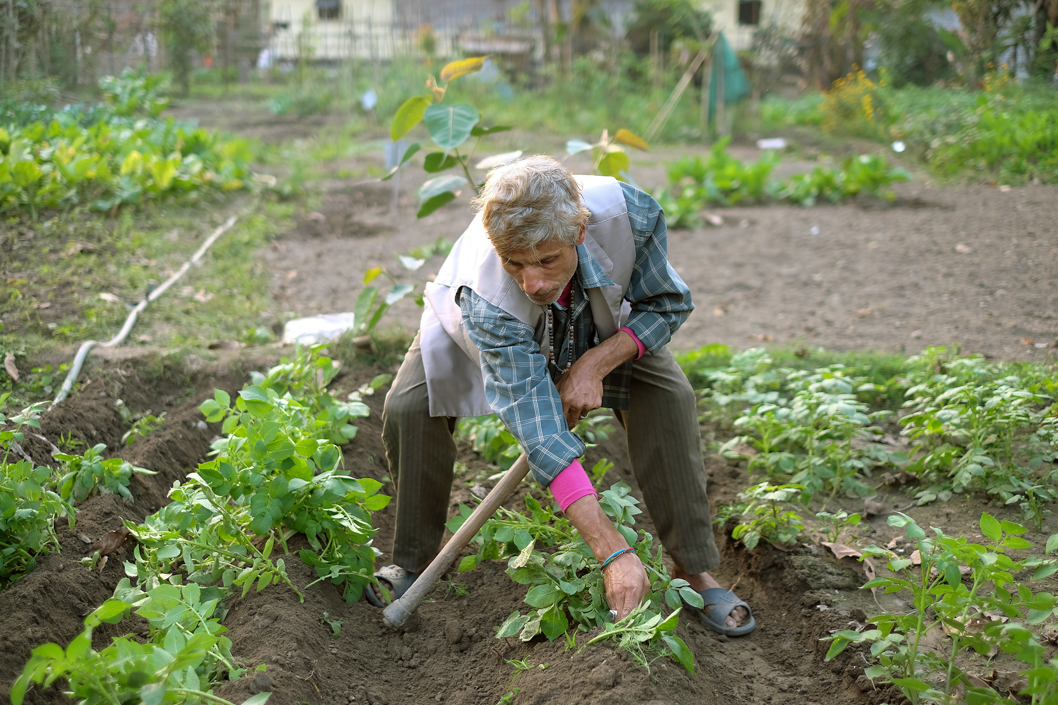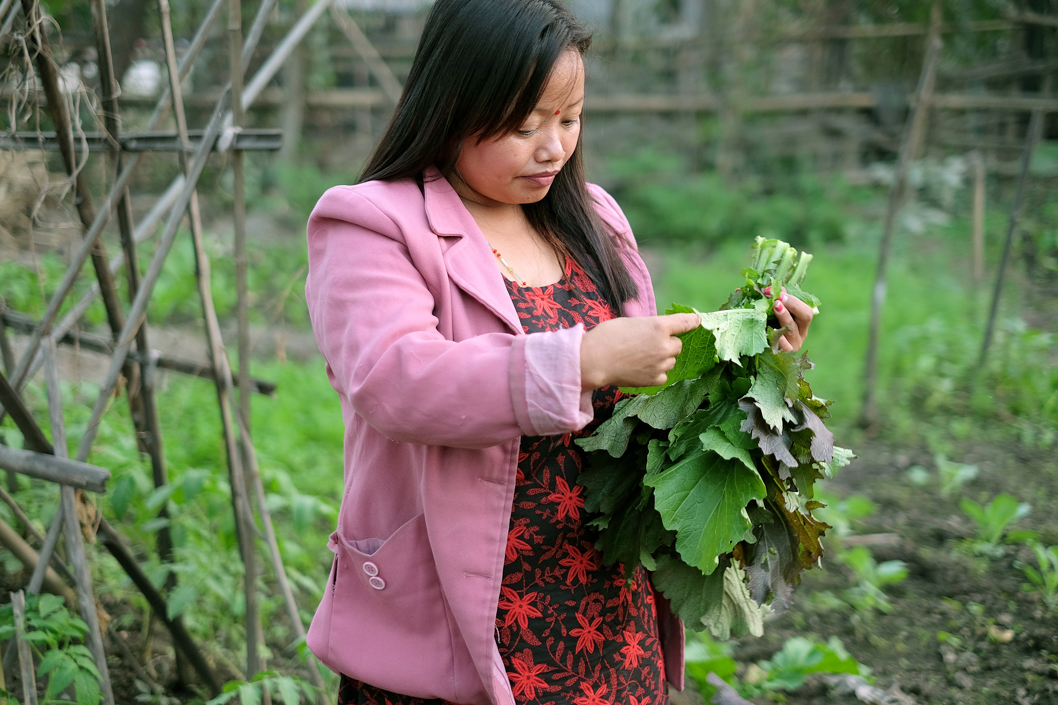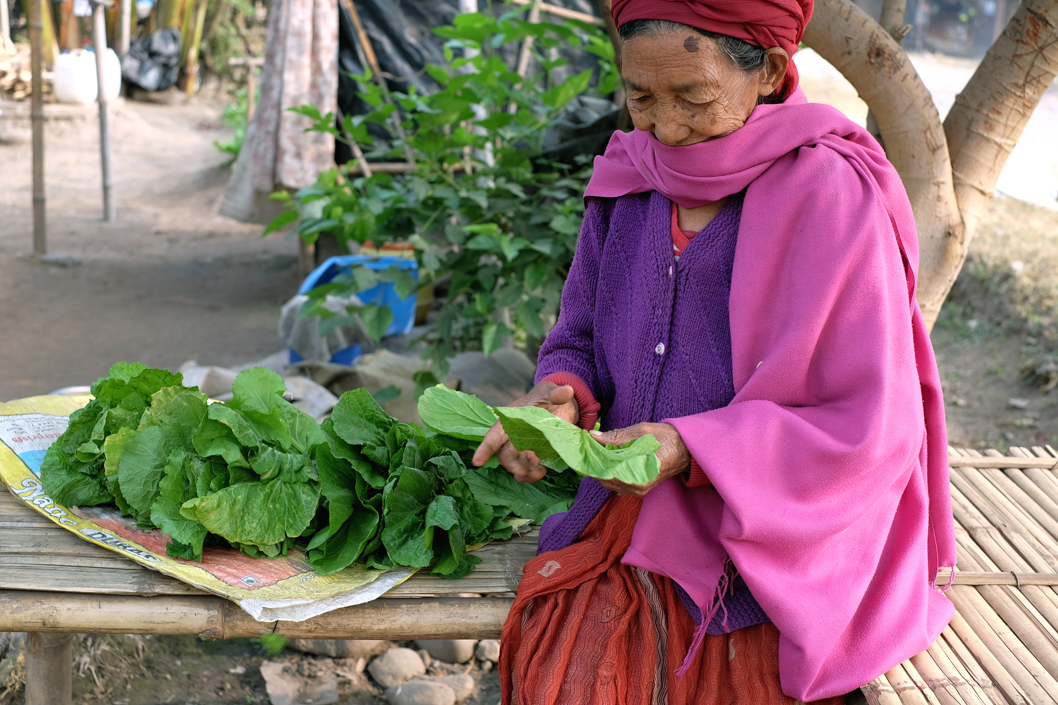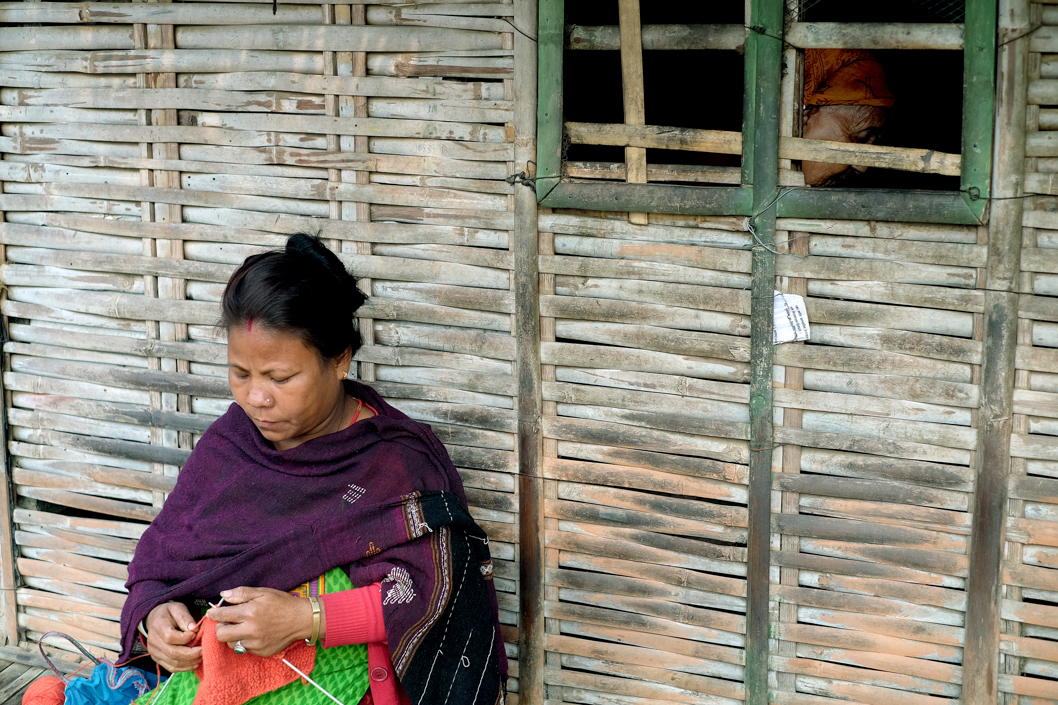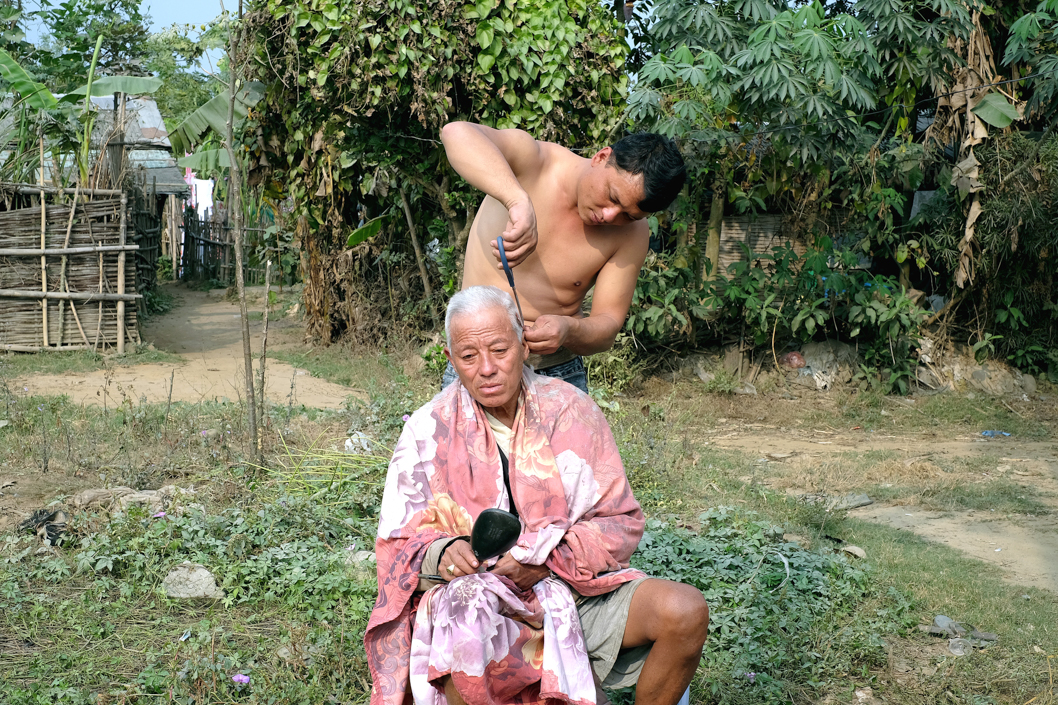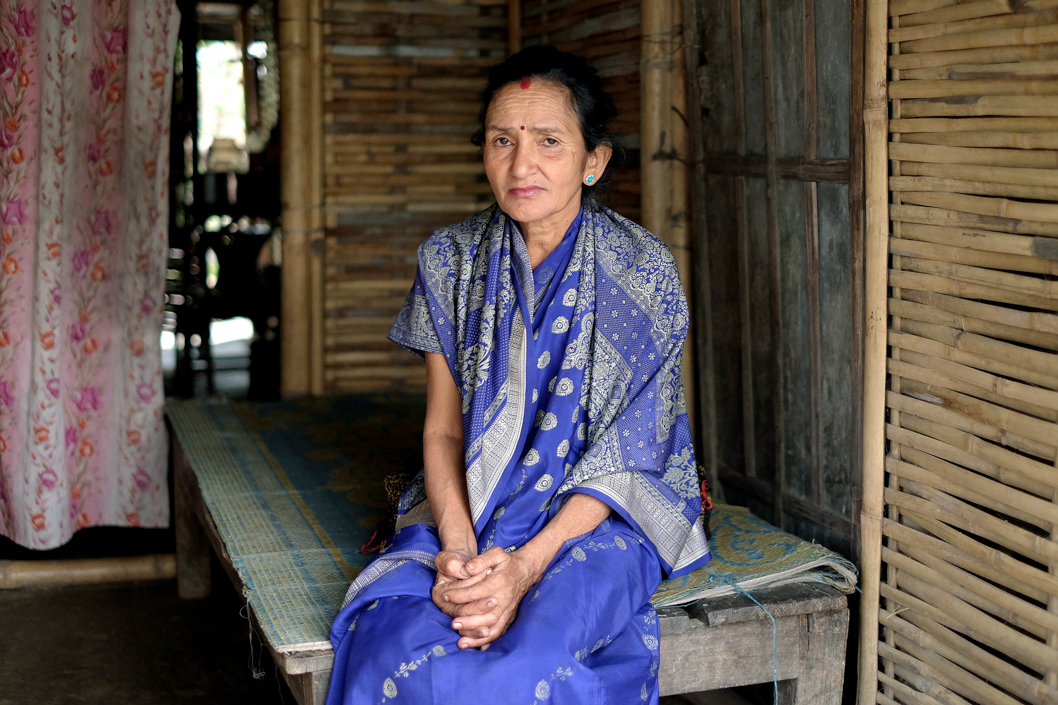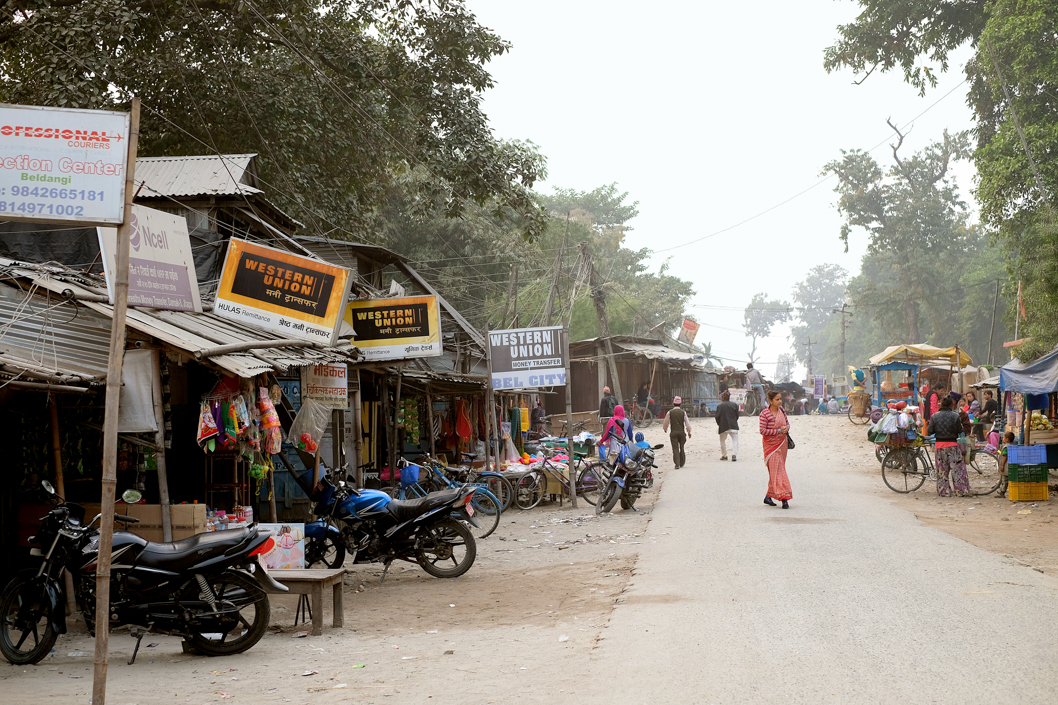For the first time since World War II the global number of refugees now exceeds 50 million.
‘Living Without Freedom’ tells the stories of the people around the world who have lived in refugee camps for extended periods, sometimes 20 or even 30 years or more.
Many people take for granted the freedom to travel and the freedom to work. Others have learned to take for granted that they are unable to do so. Although refugee camps are hardly natural places to live, thousands have been born in the camps and never left. For the vast majority of them, the only way of life they have ever known is one forced to be dependent on outside assistance.
Considering their often traumatic backgrounds as well as the challenging circumstances that refugees face, they make a significant effort to maintain dignity and hope in the camp communities. Despite severe restrictions and depressive realities, refugees strive to remain active and to maintain their cultural traditions. People marry and have children, play sports and organise festivals and other celebrations. Despite the devastating reality, life goes on. Thousands of people have come to consider these enclosed areas as their home, trying to lead their lives as the best they can.
Bhutanese refugees in Nepal
Ethnic Nepalese who had migrated to Bhutan several generations before, had for decades provided a key source of labour in the country’s fertile south – all the while maintaining their own language, customs and religion. Fearful of simmering unrest as a result of continued immigration from Nepal, the autocratic King Jigme Singye Wangchuck in 1985 introduced a new policy, known as the ‘One Nation, One People Act’, that altered the definition of a Bhutanese citizen and was clearly targeted at the more than 100,000 residents of Nepali descent. Orders were issued that the entire population should wear traditional Bhutanese dress, while the mother tongue of the Nepalese was banned in schools. A nationwide census three years later stripped those of Nepalese origin of their citizenship, laying the foundations for their expulsion.
This was one of the world’s largest pogroms of the latter 20th century as one-sixth of Bhutan’s population was forced out most taking refuge in Nepal. Bhutan refused to allow the refugees to return and Nepal allowed the Bhutanese refugees to remain but has since continually denied them citizenship claiming it is not capable of absorbing such a large refugee population. As hope faded for repatriation to Bhutan, a major group resettlement program began in 2006 and is currently still underway with over 100,000 refugees already resettled to third countries and thousands more are in the resettlement process. Currently around 15,500 refugees remain living in the Beldangi and Sanischare refugee camps in Nepal many of them determined that they will be able to return to Bhutan one day. After 15 rounds of unsuccessful talks with the Bhutanese government this is looking increasingly unlikely.
*
This project explores everyday life in Beldangi and Sanischare, the two remaining refugee camps in Eastern Nepal, collecting stories from individuals. These images show everyday life in the two camps, religious and family activities, the reclamation gardening programme and other livelihood projects, young people at school, unofficial working and the protest which took place last year about planned reductions in the food rations which became effective from January this year. A statement issued by the United Nations World Food Programme (WFP) states “…as new massive refugee crises around the world compete for limited donor funding, we have had to make this difficult decision in order to stretch decreased resources over a longer period of time.”
The UNHCR describes these particular camps as unique. They are like no other in the sense that unlike most refugee camps which are geographically isolated, Beldangi and Sanishare are close by villages and despite being officially ‘closed camps’, the Nepalese government allows the refugees to come and go, to unofficially work and to some extent be educated outside. And in many ways, once inside the camps, life goes on like any ordinary village. The paradox is that for some refugees life is better than in many Nepalese communities – food is supplied (although rations have recently been reduced), there are medical facilities and education for children and adults. Almost unheard of outside the camps in Nepalese communities, specialist facilities for the disabled, children, elderly and disadvantaged women are provided. However, the thing that people want most, freedom to work, travel and to go home are denied. All refugee camps are considered temporary places but even after more than two decades of existence they are denied any infrastructure or signs of permanence within the camps, such as concrete buildings, phone lines or electricity (although solar panels are now a common sight). Refugees make these places home as best they can.
The refugees themselves say they have mostly moved on from Bhutan. Especially for the children who were born in the camps, Bhutan is some kind of fairytale country and discussion is now mostly centred around third country resettlement and how they can financially survive within the camps. Many only survive by receiving money sent back to the camp by relatives who have already been resettled in other countries, others take on illegal work inside or outside the camps such as collecting stones or winding wool. The young people who often have a better schooling than Nepalese children outside the camps have no future educational or employment prospects if they stay. As funding diminishes, the issue now is what will happen to the residual population who may not opt for third country resettlement or may not be acceptable to refugee receiving countries.
